DJI Air 3S for photogrammetry? Automatic Flights with Pixpro Waypoints
 Lukas
Zmejevskis
Lukas
Zmejevskis
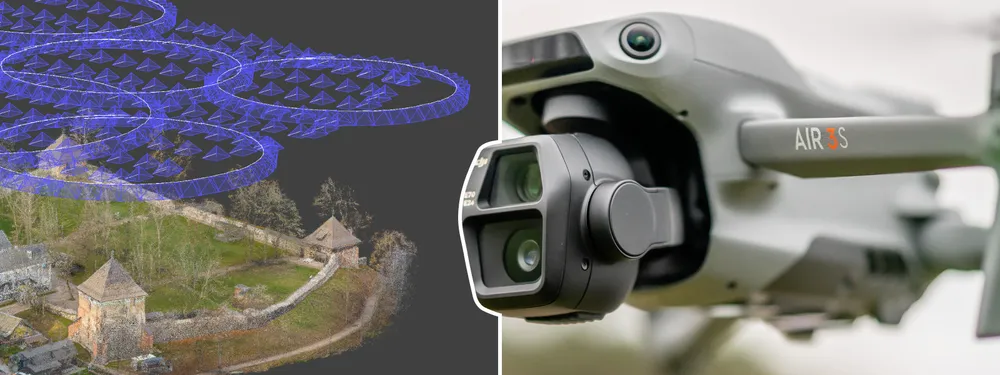
In the previous article, I reviewed the latest DJI drone - the Air 3S. It does everything it is supposed to do and does it well. The camera is excellent, possibly the best on the market for any fixed-camera drone. And indeed, the best of anything of this size and price. And a good camera means we have to talk about photogrammetry. Because with a great camera comes a great 3D scanning… responsibility. Let me overview the photogrammetric capabilities of this drone and tell you why Pixpro Waypoints is a great tool.
Manual Photogrammetry
Level one is always manual photogrammetry. You can do manual photogrammetry with any drone or camera. It requires experience, a bit of know-how, and more focus from the camera wielder. Manual photogrammetry is a way of saying you have to do everything yourself. In aerial photogrammetry, it means flying manually and triggering each photo by hand.
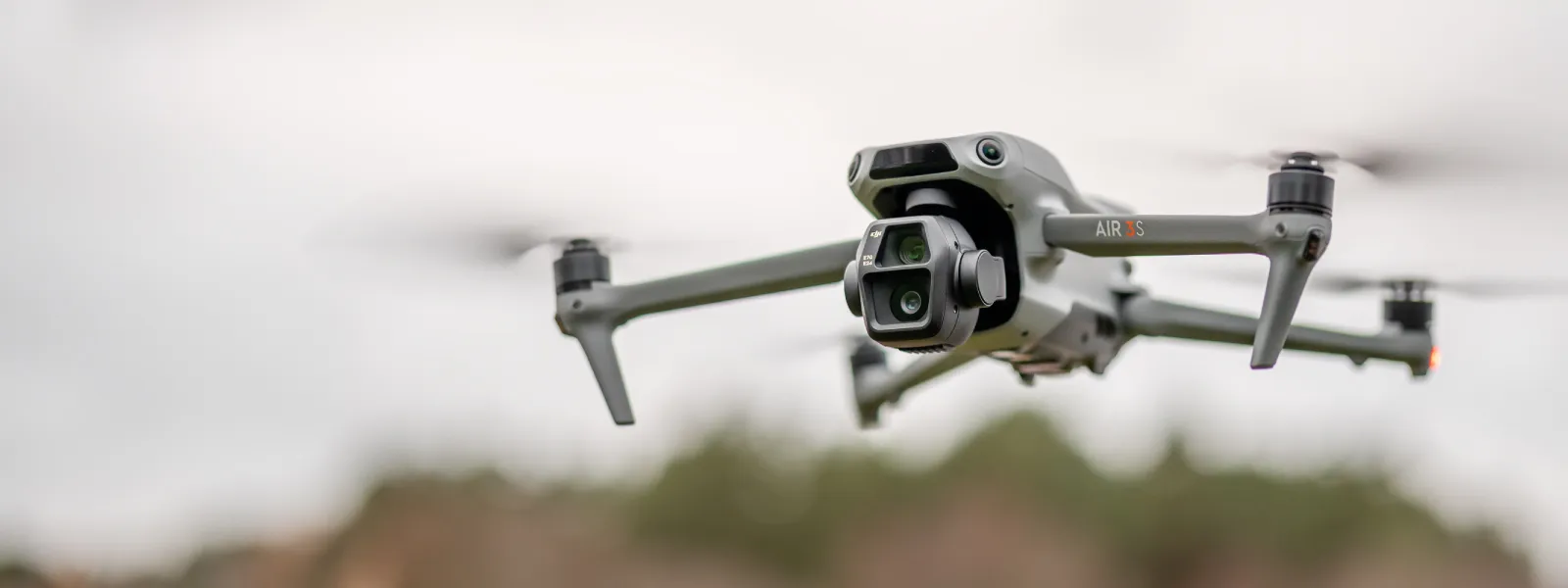 Manual photogrammetry certainly has its place, like adding missing details, flying in more precarious situations, or doing something quickly or spontaneously. But it does not change depending on which tool we use. So, Air 3S works just fine for manual capture.
Manual photogrammetry certainly has its place, like adding missing details, flying in more precarious situations, or doing something quickly or spontaneously. But it does not change depending on which tool we use. So, Air 3S works just fine for manual capture.
Semi-automatic Photogrammetry
DJI Air 3S has the latest tracking implementation, which is almost perfect for static subjects. Just draw a box around a thing, and it will track it. Hyperlapse circle mode is the best way of doing orbits if you have nothing planned or just want to do a quick impromptu scan. To read more on how we use hyperlapse modes for photogrammetry, check out this article:
Using cruise control with Timed Shot could also be considered semi-automatic photogrammetry, but I think for most people, these techniques are replaced with automated flying with Pixpro Waypoints.
Pixpro Waypoints
Pixpro Waypoints is a web service that allows you to take advantage of a workaround we cooked up. It works by having you replace an existing waypoint plan with one generated by the service. The general workflow is as follows: create as many placeholder waypoint flight plans in the fly app - connect your phone or remote controller to another device - and replace the files with the ones you create with Pixpro waypoints.
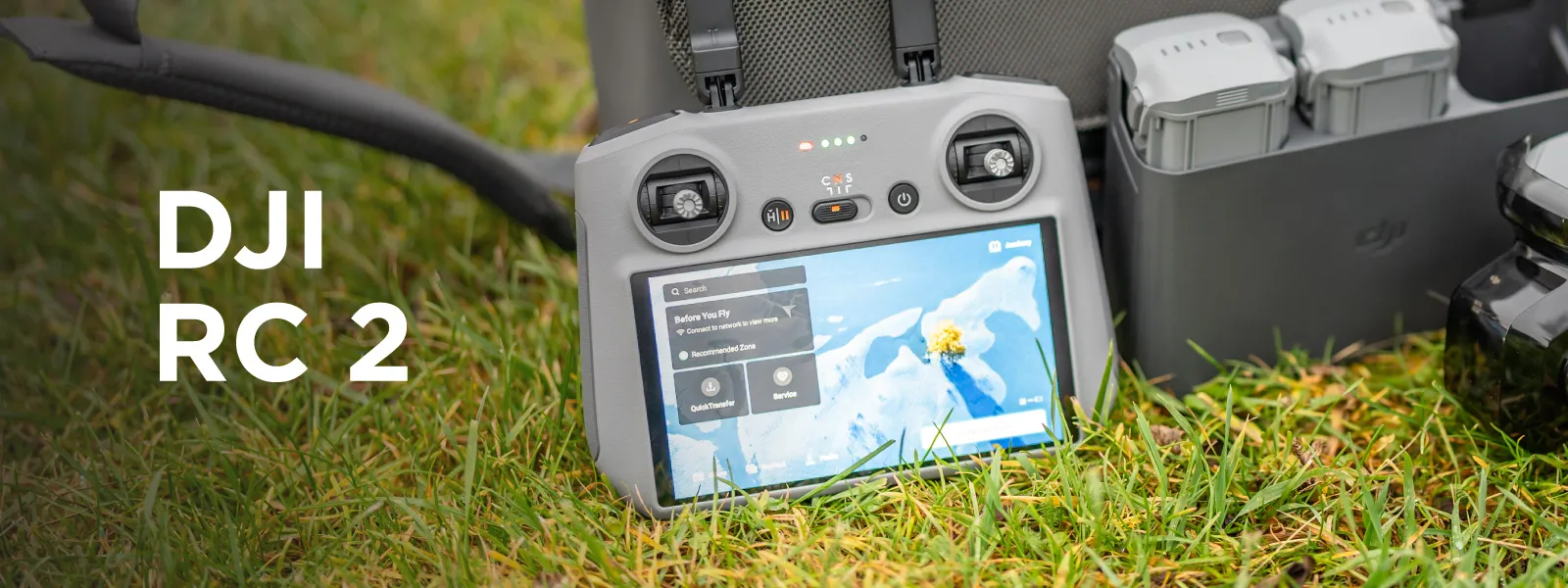 For more detailed information about various Pixpro Waypoints features and workflows, check out these articles:
For more detailed information about various Pixpro Waypoints features and workflows, check out these articles:
Pixpro Wayoints - Automated Photogrammetry Flights for Newest DJI Drones
Multi-battery Scans with Pixpro Waypoints
Pixpro Waypoints v2 - Orbitals and Height Offset for DJI Drones
Multiple Overlapping Orbits - Pixpro Waypoints
Most Asked Questions - Pixpro Waypoints
We got Air 3S with the DJI RC2, so let's go over the workflow in more detail when using a DJI RC2. This will apply to any drone which can use the RC2. (so Mini 4 Pro and DJI Air 3 and 3S at the time of writing) And the workflow is as simple as it gets:
-
Create any placeholder waypoint flight on the remote. You need the drone to be on and connected, but you can do this at home because you do not need to fly. Tap on waypoints, go to the map, tap a few waypoints on the map, and exit the waypoint interface. Upon exit, choose to save and exit, and your plan will be saved and appear in the list of saved plans.
-
Choose a different device to connect your remote to. A laptop, PC, Mac, tablet, or phone will work. Connecting to Android devices may require some tinkering. You may need to experiment with the order in which you connect both devices and explore Android notifications to access the internal storage on the RC2.
-
Go to Pixpro Waypoints, plan your flight, and download it to that device.
-
Replace the placeholder file with the one from the Pixpro Waypoints service, which gives the same names as the original placeholder file.
The location of the waypoint files on the DJI RC2 is the same as that on all Android devices:
Internal shared storage\Android\data\dji.go.v5\files\waypoint.
When you connect the RC2 with a USB cable, it will automatically go to filer transfer mode, which is correct for our purposes. You do not need to choose anything on the remote.
Now, you can go to the location and execute the waypoint flight. Just choose it from the list and tap next to begin. However, the waypoint flight is only the flight path and speed; you need to trigger photo capture yourself. So choose a timed shot as your photo capture mode and select the time interval you selected while planning in the Pixpro Waypoints interface. If you do not do that, the overlap will be all over the place. Start the interval capture when the drone starts flying the waypoint path you planned. If you are doing an orbital scan, the camera orientation is up to you - so you will need to set that as well.
When the drone completes the waypoint flight path, stop the capture. Remember that image quality is the be-all and end-all, so have your exposure dialed in before capture. We recommend using shutter priority mode and a shutter speed of 1/200th of a second or faster. You can rely on auto mode if you are in bright midday conditions.
Now comes the DJI Air 3S-specific part. This drone can shoot 50 megapixels with its primary camera. Yes, 50-megapixel images have more detail than 12-megapixel ones, but that comes at a cost. The fastest interval you can shoot photos in 50-megapixel RAW or JPEG formats is 5 seconds. With 12-megapixel RAW or JPEG photos, you still can choose 2—or 3-second intervals.
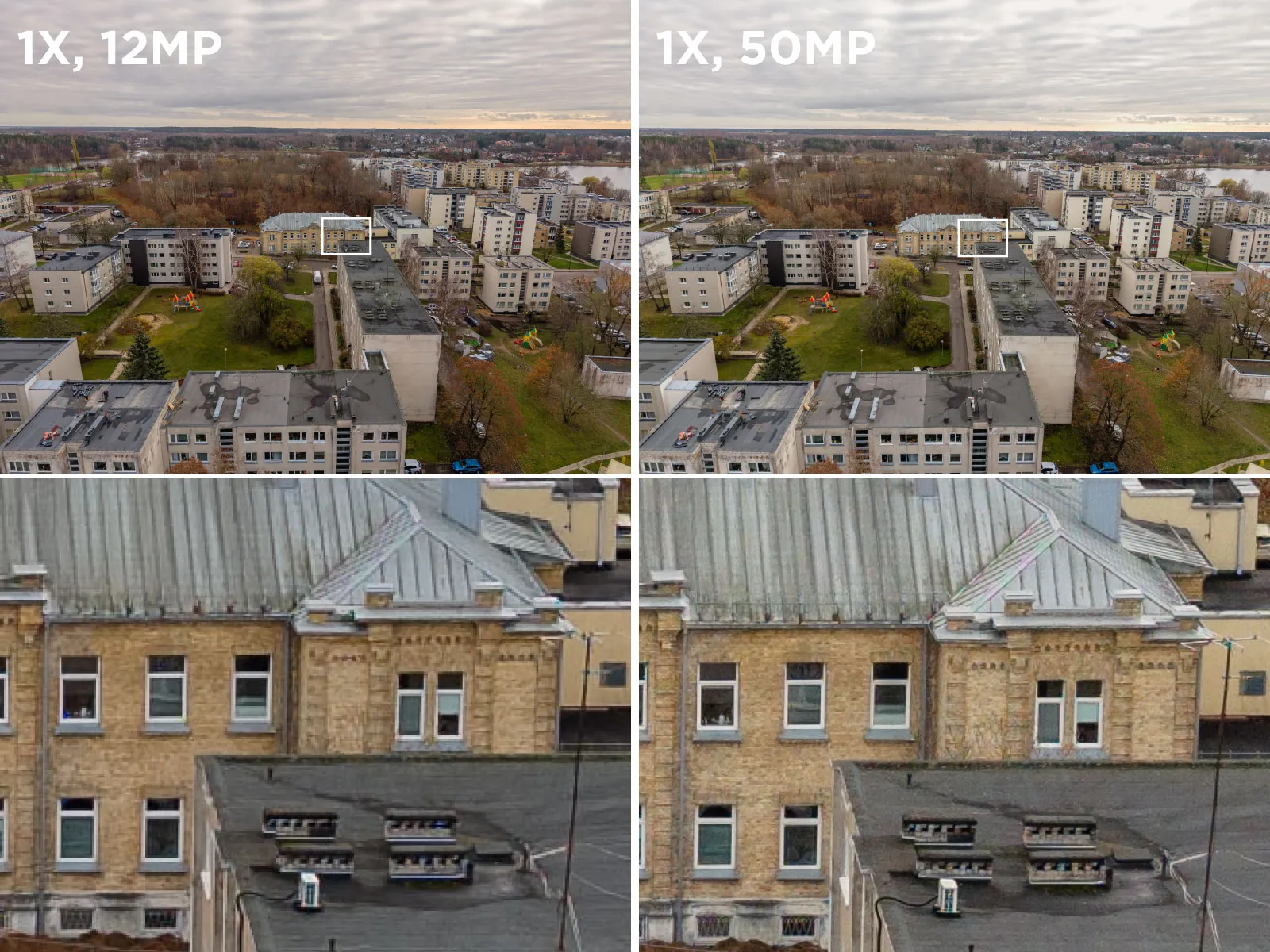 In most cases, we use 2—or 3-second intervals because 5 seconds or more would be slow. Slow means long flights and less coverage per battery, but if these are not the issue and you want to try 50-megapixel photos, it's no problem. Remember to select the 5-second interval in Pixpro waypoints when planning the flight.
In most cases, we use 2—or 3-second intervals because 5 seconds or more would be slow. Slow means long flights and less coverage per battery, but if these are not the issue and you want to try 50-megapixel photos, it's no problem. Remember to select the 5-second interval in Pixpro waypoints when planning the flight.
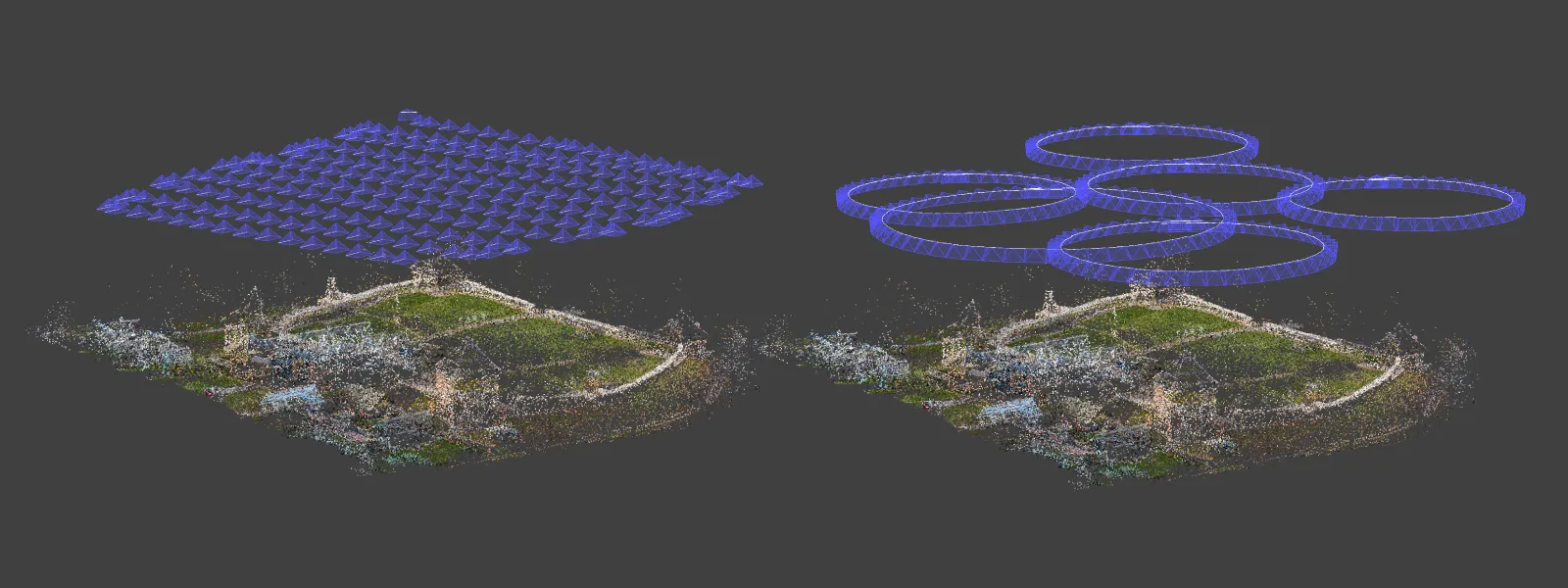 Pixpro Waypoints Example
Pixpro Waypoints Example
We made an example combining seven flights: six orbitals and a nadir single grid. Orbital flight plans were captured with the camera pointing at a 45-degree angle. Our subject is a peninsula castle with some towers, a museum, and an enclosed territory. Combining orbitals with nadir scans is one of the most efficient ways of getting a good-quality scan of a medium-to-large territory.
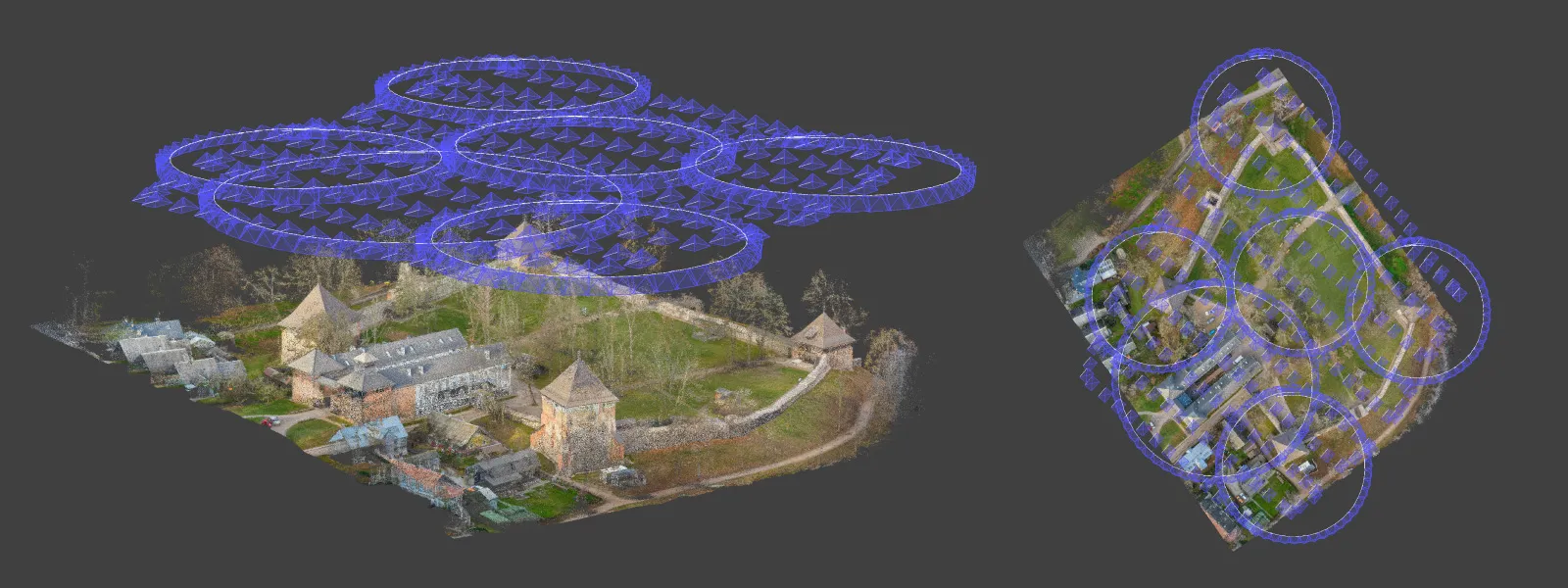 If we wanted even more quality, we could do a multigrid scan from the Pixpro Waypoint service. This would provide 4 oblique grids from all sides, which gives great detail but requires more time and produces more photos. Or I could have combined even more orbitals and even manual passes. The choice is always there.
If we wanted even more quality, we could do a multigrid scan from the Pixpro Waypoint service. This would provide 4 oblique grids from all sides, which gives great detail but requires more time and produces more photos. Or I could have combined even more orbitals and even manual passes. The choice is always there.
 Conclusion
Conclusion
As a consumer drone, DJI Air 3S does not have access to any SDK app development for automated flying or enterprise-grade remote controllers with the DJI Pilot app, but we still have the next best thing. With Pixpro waypoints, you can use the fundamental flight plans for aerial photogrammetry, and with a bit of knowledge, DJI Air 3S becomes a great tool for photogrammetry. Combine that with GCPs for serious use cases, and you will start wondering why bloated enterprise drone premiums even exist.

Photographer - Drone Pilot - Photogrammetrist. Years of experience in gathering data for photogrammetry projects, client support and consultations, software testing, and working with development and marketing teams. Feel free to contact me via Pixpro Discord or email (l.zmejevskis@pix-pro.com) if you have any questions about our blog.
Related Blog Posts
Our Related Posts
All of our tools and technologies are designed, modified and updated keeping your needs in mind
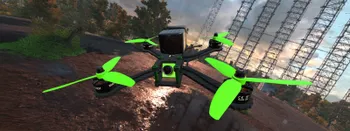
Drone Flight Simulators – GPS, FPV, Fixed-Wing Drones?
Flying drones is fun—and it can be helpful. In this article, I will tackle a few questions you may naturally ask when getting into the drone thing. We will also look at virtual flying, the logical first step when learning anything in the radio control hobby space.
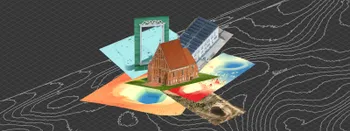
Where do we use Photogrammetry? A list of 3D scanning use cases.
Photogrammetry has revolutionized numerous industries by transforming real world scenes into 3D models, using only simple photographs and processing algorithms.

ChatGPT – Image Quality Checking for Photogrammetry with AI
Good input data is everything in photogrammetry. The results we get from processing can never "exceed" what we input into the software. If only we could always check our input data before starting the relatively long process of 3D reconstruction.
Ready to get started with your project?
You can choose from our three different plans or ask for a custom solution where you can process as many photos as you like!
Free 14-day trial. Cancel any time.
.svg@webp)